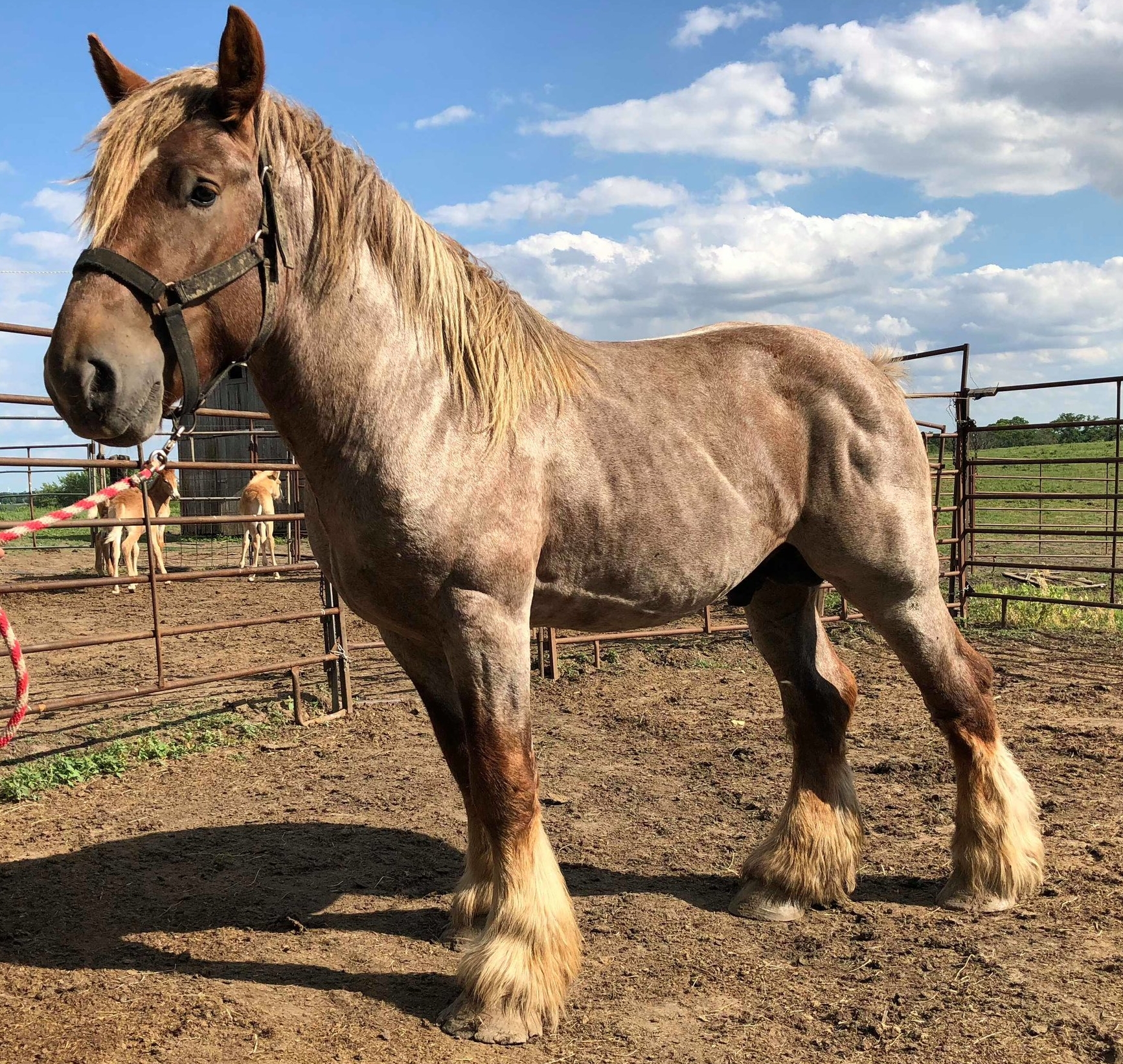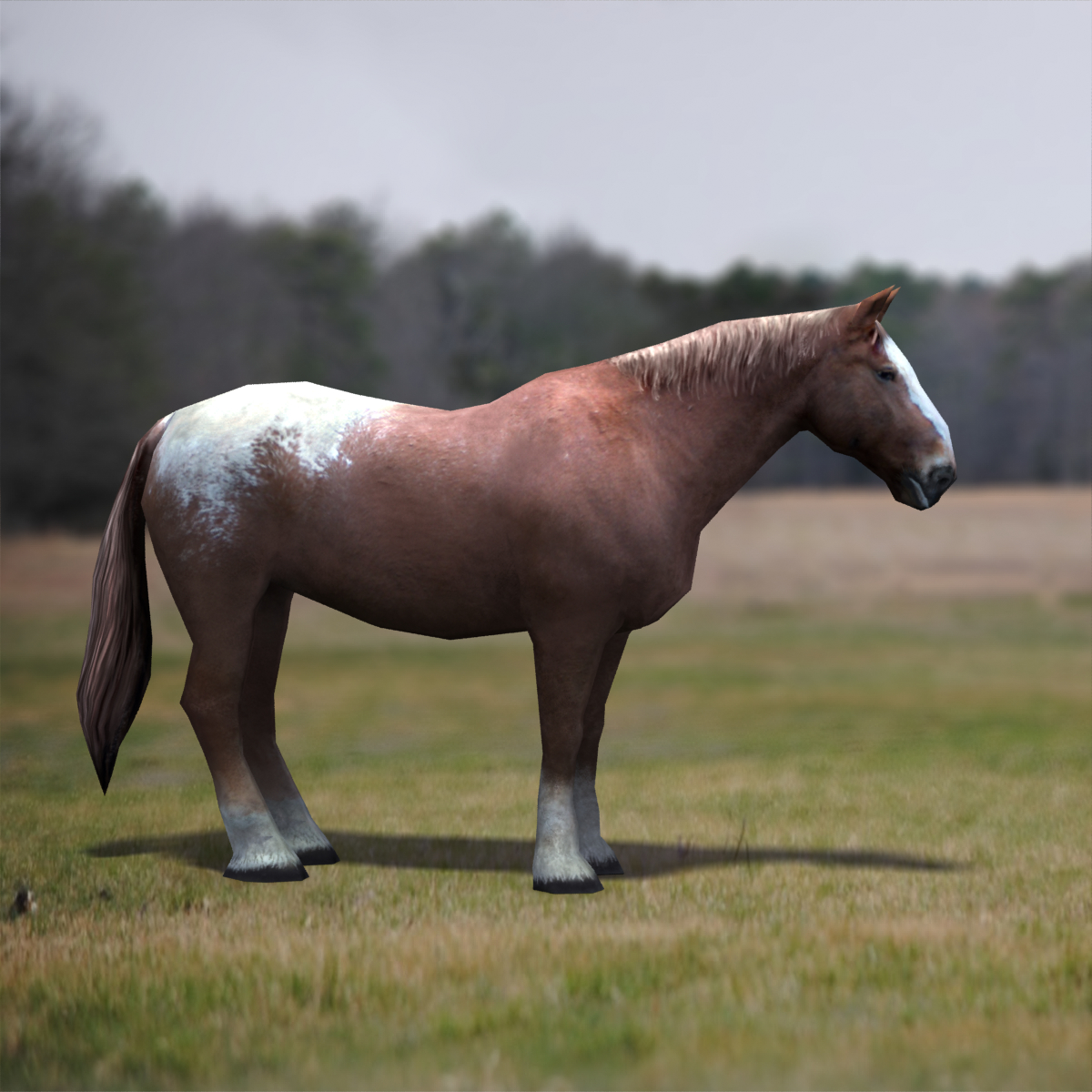
Brabant Horse(Origin ,Characteristics & More 2020 )
BRABANT HORSE HEIGHT: 15.2–17 hands
PLACE OF ORIGIN: Belgium
SPECIAL QUALITIES: Massively built; can weigh as much as 3,000 pounds
BEST SUITED FOR: Farmwork

Contents
Brabant Horse
The word “Brabant” signifies an area in what is now Belgium, once the duchy of Brabant. It also identifies a particular draft horse that originated in this region. In Europe, “Belgian” is a generic term applied to several slightly different breeds of heavy horse. To confuse Americans further, the Brabant itself goes by various names, depending on the area or country of origin. In southern Belgium it is called the Cheval de Trait Belge.
In northern Belgium it is called the Belgisch Trekpaard. In France it is the Cheval Trait du Nord, and in Holland it is the Nederland Trekpaard.
Brabants have been imported into the United States since the mid-1800s. They were crossed with local stock to develop the American Belgian, which continued to look very much like the stocky European version until the interruption of horse imports from Europe during the First and Second World Wars. Without imports, the Americans continued breeding horses from stock already in the country. During these periods, the American Belgian became taller, lighter-bodied, and more clean-legged than its European relatives. It also developed into a breed that was most frequently some shade of blond, chestnut, or sorrel.
At about the same time, in Europe, Brabants were being bred to be thicker-bodied and “draftier,” with heavy feathering on treelike legs. They come in a variety of colors, the most common being red bay or bay roan. American Belgians and European Brabants have continued to diverge and are now quite different. In recent years, some fanciers of the older, heavier type are again importing horses from Belgium and Europe. Thus the American Brabant today is truly the Belgians’ Belgian. The heaviest of all the types of Belgian, it most closely resembles the original horses.

These young horses already show signs of the bulk and muscle that they will develop as adults.
The powerful Brabant can weigh as much as 3,000 pounds, making it the heaviest of all the draft breeds.
The ABA has great hopes that this registry will benefit the newly named American Brabant horse by keeping a database of imported 100% European Brabant horses, Western Hemisphere-born Brabant horses, and American Brabant horses.
Breed Characteristics
Although they are massive, Brabants are easy keepers with a quiet, willing disposition. They are said to be ideal for the small-scale farmer who is interested in sustainable agriculture.
Conformation
The height of Brabants ranges between 15.2 and 17 hands, and they can weigh as much as 3,000 pounds. The Brabant has a large, neat head; a short, heavily muscled neck; and a powerful, deep body supported by very substantial legs.
Color
The most common colors are red bay and bay roan, but blue and strawberry roans are often seen. Solid dark bay is also relatively common. Black and gray occur rarely.
BREED ASSOCIATION FACTS AND FIGURES
According to the American Brabant Association (formed in 1998):
• As a type of Belgian Horse, Brabants are registered by the American Belgian Draft Horse Corporation.
• Because the Belgian registry does not distinguish Brabants from Belgians at this time, estimates of Brabant numbers are not available. There are no more than 100 pure Brabants in the United States and Canada and approximately 500 Brabant x American Belgian crosses.
• There are fewer than 50 new registrations each year.
• There are Brabants in nearly every state in the United States, though the breed is most common in New England and the rest of the Northeast because the first major importer of Brabants, in the 1970s, was from Vermont.
